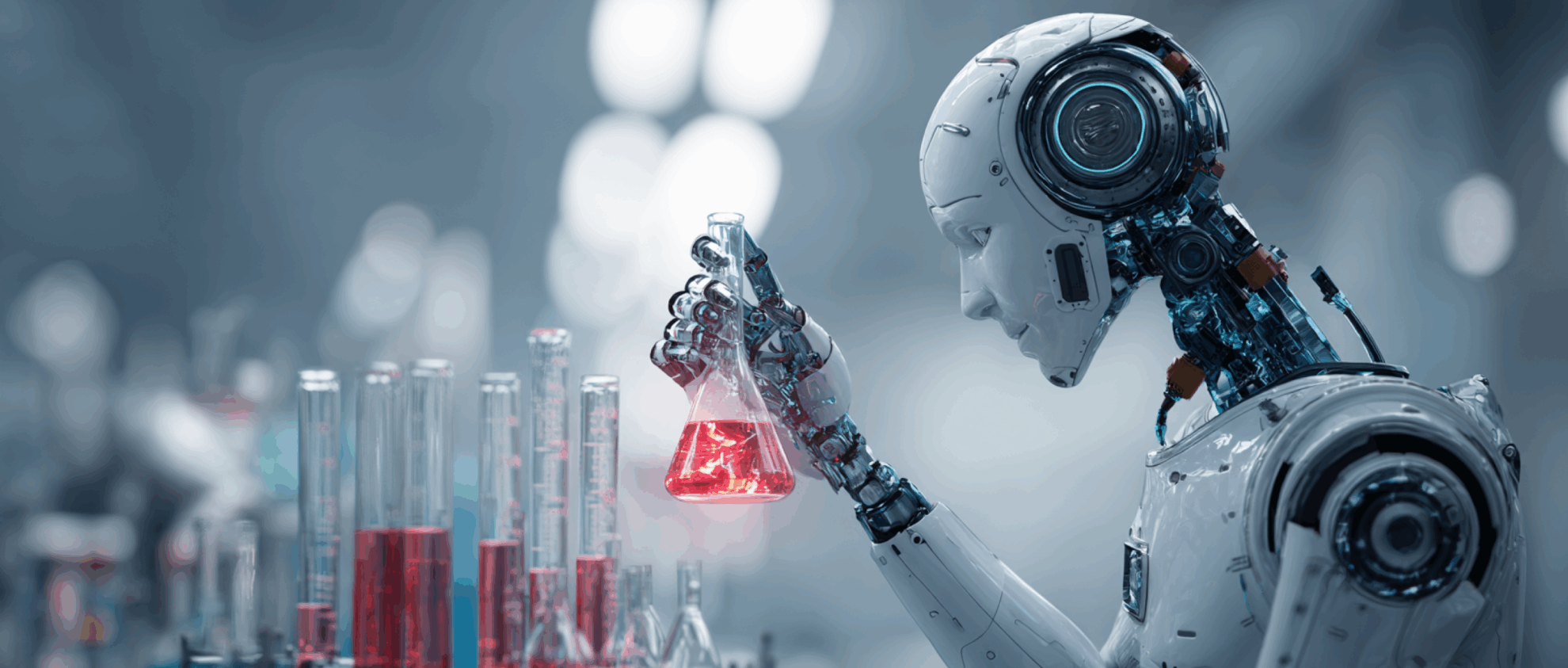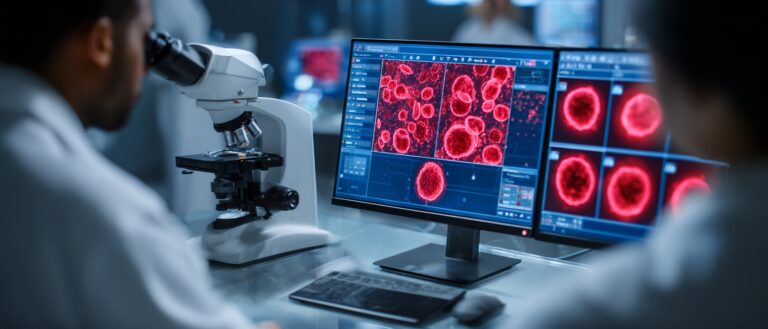Command Palette
Search for a command to run...
The Science AI Boom Has Arrived, and the Ministry of Science and Technology Has Taken Major Action
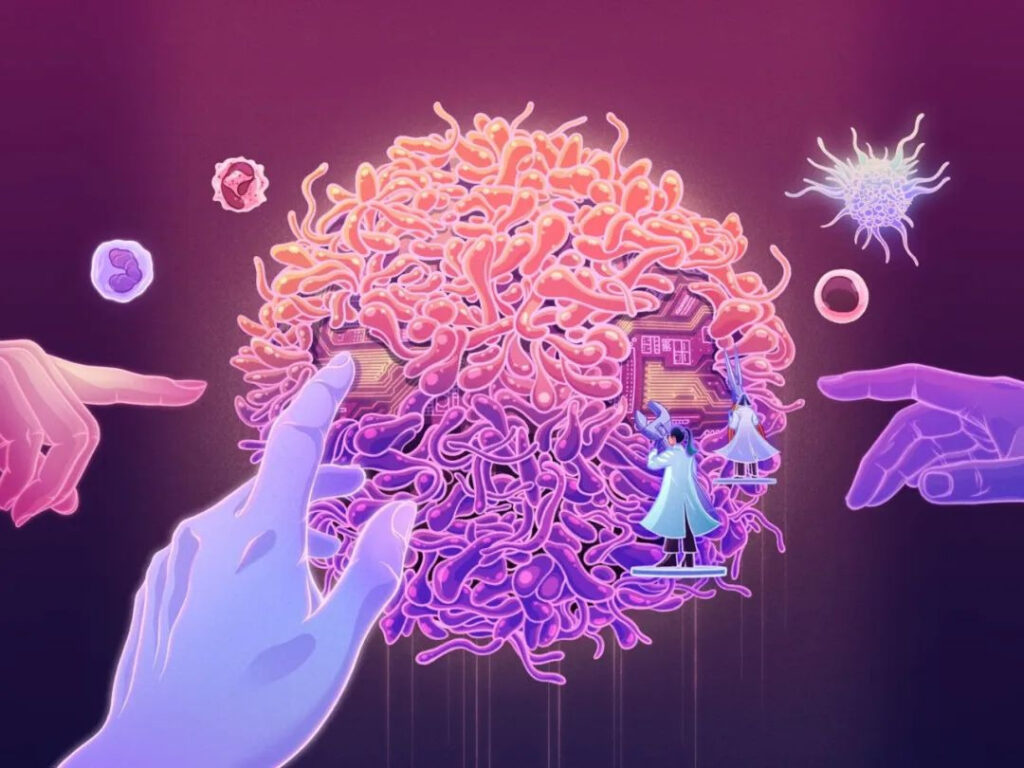
Generative AI is booming. How can China achieve a leapfrog development in the AI era? The Ministry of Science and Technology has given its own answer: launching a special deployment of AI for Science. It is foreseeable that a new wave of AI for Science is coming.
On March 27, Xinhua News Agency reported that in order to implement the national "New Generation Artificial Intelligence Development Plan", the Ministry of Science and Technology, together with the National Natural Science Foundation of China, recently launched the "Artificial Intelligence Driven Scientific Research" (AI for Science) special deployment work.
"AI for Science has the potential to push us to the forefront of the next round of scientific and technological revolution," predicted Ou Weinan, an academician of the Chinese Academy of Sciences, president of the Beijing Institute of Scientific Intelligence, and leader of the expert group of the National Natural Science Foundation of China's major research program "Next Generation Artificial Intelligence."
How can the new round of scientific revolution overtake others?
Zhang Linfeng, deputy director of the Beijing Institute of Scientific Intelligence, founder and chief scientist of Deepin, believes that the biggest feature of scientific research driven by artificial intelligence is that it connects people from different disciplines and backgrounds in an unprecedented way. "Al for Science is a process of major reconstruction of disciplines and knowledge systems, which requires not only the cross-integration of disciplines such as computer science, data science, materials, chemistry, and biology, but also the more in-depth theoretical construction and algorithm design of basic disciplines such as mathematics and physics." Zhang Linfeng reminded, "Only when the relevant integration is done well, we have the opportunity to seize the initiative in the new round of scientific revolution."
This time, my country has laid out the AI for Science cutting-edge technology research and development system, which will closely integrate key issues in basic disciplines such as mathematics, physics, chemistry, and astronomy, and focus on the scientific research needs in key areas such as drug development, gene research, biological breeding, and new material development. In this regard, Xu Bo, director of the Institute of Automation of the Chinese Academy of Sciences, explained that the fields of new drug creation, gene research, biological breeding, and new material development are important directions with urgent needs, outstanding progress, and representativeness in the combination of artificial intelligence and scientific research.
For example, artificial intelligence models based on biological mechanisms, disease and medication-related data, and various pharmaceutical properties of drugs can predict the safety and effectiveness of new drugs; with the assistance of artificial intelligence, it can reduce the human, material and time investment in research and development, and improve the success rate of drug research and development. When artificial intelligence empowers the research and development of new materials, it can couple multi-scale material calculation and simulation methods such as electronic scale and molecular scale, quickly screen new material components and configurations that meet the target performance, and shorten the research and development cycle and cost of new materials and devices.
AI's new battlefield: traditional scientific research
In recent years, artificial intelligence has been initially applied in the field of scientific research. More and more scientists have developed or adopted mature artificial intelligence algorithms to assist in data mining analysis, modeling, simulation, prediction and other scientific research work, accelerate the discovery of new laws and new models in natural sciences, reduce repetitive manual work, improve the accuracy of scientific discoveries, and significantly improve the work efficiency of researchers. As the combination of artificial intelligence technology and scientific research becomes closer, the emerging research field of AI for Science has emerged, and starting in 2020, this emerging field has entered a concentrated outbreak stage.
In January 2021, researchers from the University of California, San Diego and other institutions proposed a machine learning method called "Multi-fidelity Materials Graph Networks", which uses AI models to predict material properties by learning data from multiple measurement and simulation sources. This method can build a more accurate "material property model" with universal significance, thereby helping scientists screen candidate materials with research prospects.

In July 2021, DeepMind released AlphaFold 2, which has successfully predicted the three-dimensional structure of human proteins with a precision of 98.51 TP3T. The predicted results are only one atom away from the true structure of most proteins, which is comparable to the predictions made by complex experimental observations such as cryo-electron microscopy. In December, this research was named a technological breakthrough of 2021 by Nature magazine.

Also in July 2021, researchers from the University of Washington, Harvard University, and other institutions proposed the protein structure prediction algorithm RoseTTAFold. This method is based on deep learning and can quickly generate the precise structure of proteins by learning from protein sequence information, reducing the time and effort invested in experimental determination by traditional methods. The algorithm is now open source.
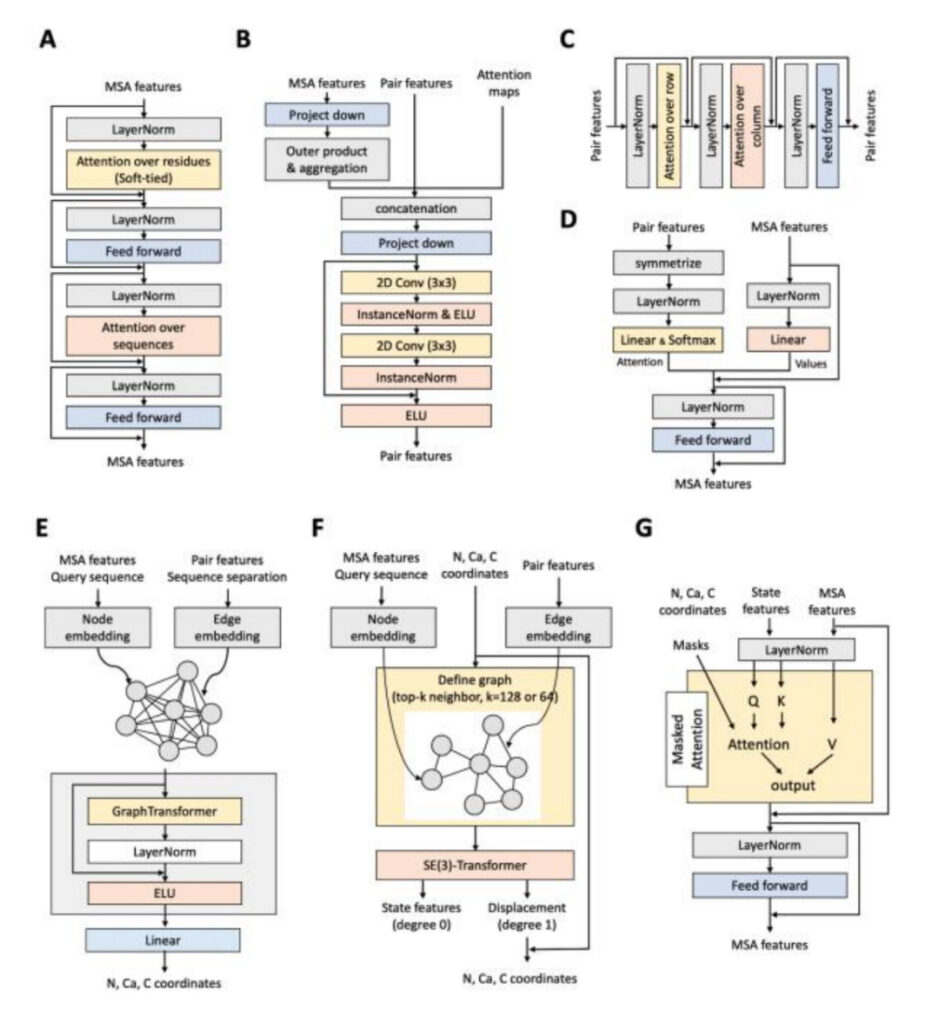
GitHub address:
https://github.com/RosettaCommons/RoseTTAFold
In October 2021, DeepMind published a paper in Nature magazine, applying AI technology to rainfall prediction through cooperation with the UK Meteorological Office. The researchers used a deep generative model to predict precipitation in an area of 1536km×1280km 5-90 minutes in advance. Compared with other methods, the model has the highest accuracy and usefulness in the case of 89%.
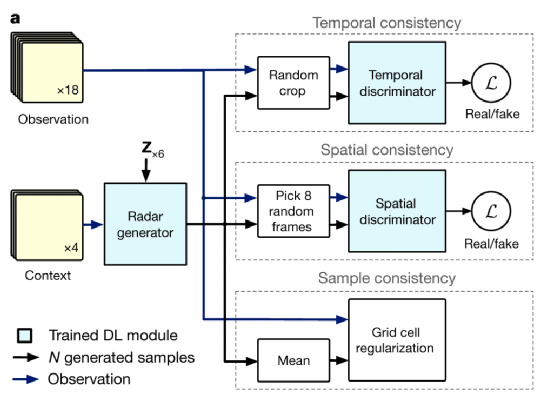
In addition to the research results achieved in the above-mentioned related fields abroad, the popularity of AI for Science in China is also increasing.
From a policy perspective, before the Ministry of Science and Technology personally stepped in to support this, in May 2022, the National Development and Reform Commission's "14th Five-Year Plan for the Development of the Bioeconomy" clearly defined the accelerated development of high-throughput gene sequencing technology as an important means of carrying out cutting-edge biotechnology innovation; supporting the use of information technologies such as artificial intelligence to achieve precise research and development of the pharmaceutical industry, and thereby better benefiting the people through the integration of biotechnology and information technology.
From the perspective of talent, many AI leaders have chosen to join this field. In the middle of this month, He Kaiming, a leader in the CV field, gave an academic speech at MIT and mentioned that he would focus on AI for Science in the future, specifically focusing on the integration of vision and NLP to create self-supervised X+AI.
From the perspective of results, recently, a research team from the Shenzhen Institutes of Advanced Technology of the Chinese Academy of Sciences for the first time used data driven automated synthesis, robot assisted controllable synthesis, and machine learning facilitated inverse design for the synthesis of colloidal nanocrystals (such as perovskite) materials, and explored and constructed a "machine scientist" platform, which is expected to liberate scientific researchers from traditional trial and error experiments and labor-intensive characterization, focus on scientific innovation, and realize digital intelligent manufacturing of nanocrystal materials.
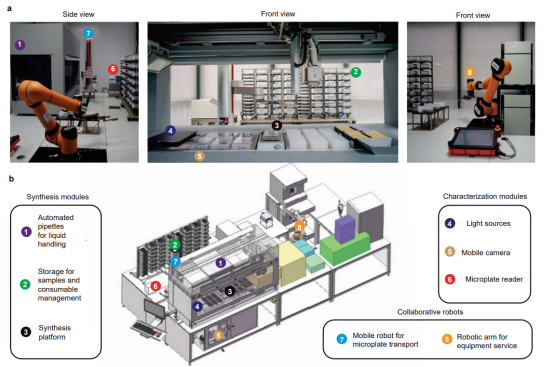
On March 2, 2023, the study was published in Nature Synthesis under the title "A robotic platform for the synthesis of colloidal nanocrystals".
Paper link:
https://www.nature.com/articles/s44160-023-00250-5
AI for Science: Opportunities and Challenges
Unlike the generative AI that everyone is familiar with, AI for Science involves scientific research fields such as biopharmaceuticals, energy, and material research and development. It cannot allow the public to experience the relevant results immediately, but its accelerating effect on cutting-edge scientific research will have a more fundamental and far-reaching impact on human society and economic development.
However, it should also be noted that the comprehensive and profound innovative value of AI for Science also makes it face a much higher landing barrier than the common AI applications. According to Alibaba Damo Academy's 2022 Top Ten Technology Trends Report, the in-depth integration of artificial intelligence and scientific research still needs to focus on solving three challenges:
- Regarding human-computer interaction, the collaboration mechanism and division of labor between AI and scientists in the scientific research process need to be more clear to form a close interactive relationship;
- Explainability of AI: Scientists need clear cause-effect relationships to form scientific theories, and AI needs to be easier to understand to establish a trust relationship between science and AI.
- There is a low level of mutual understanding among cross-disciplinary talents, scientists in professional fields and AI experts, and the barriers to mutual promotion are still high.
It is worth noting that the report also predicts that in the next three years, artificial intelligence technology will be widely used in applied sciences and begin to become a research tool in some technical sciences.
Reference articles:
[1]https://baijiahao.baidu.com/s?id=1761512222605101709&wfr=spider&for=pc
[2]https://new.qq.com/rain/a/20221230A04ZWS00
[3]https://www.ncsti.gov.cn/kjdt/kjrd/202112/P020211231640762390337.pdf
[4] Damo Academy’s Top Ten Technology Trends in 2022






